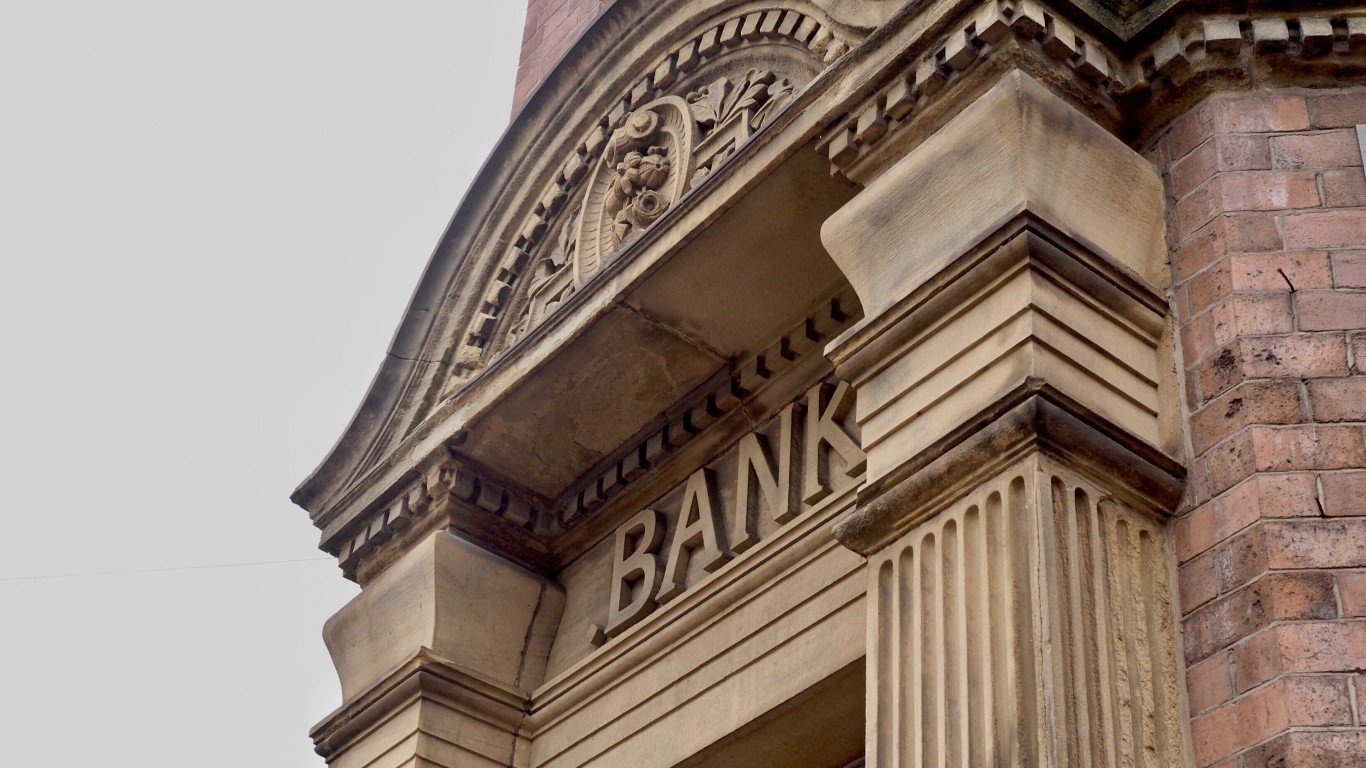

Although commercial bank and wealth management services provider First Republic (US:FRC) put on a brave face during the banking sector crisis in March, the ominous bells of inevitably appear to be clanging for the embattled enterprise. During late-afternoon trading on Friday, FRC stock cratered nearly 39%, reigniting fears about a possible regional banking sector calamity.
As CNN reported, First Republic’s disappointing first-quarter earnings report last Monday sparked a rush for the exits. Nevertheless, a modest rally on Thursday suggested that some retailers were holding out hope for a miraculous lifeline. Unfortunately, the disastrous performance the following day virtually erased such notions. Since the beginning of this year, FRC stock dropped about 97% of equity value.
Adding to the macabre ambiance, the White House stated on Friday that it has no fresh proposals to rescue First Republic, thus eliminating hopes for government intervention. Also, a report from CNBC stated that the financial institution will likely go into receivership by the Federal Deposit Insurance Corporation (FDIC).
To be sure, CNN reports that at time of writing, it remains unclear whether the bank will collapse. However, the signs don’t look encouraging. For starters, First Republic already received about $100 billion in financial assistance from big banks last month. This initiative represented a collective effort to invigorate confidence in the U.S. regional banking sector following the bank runs and subsequent failure of Silicon Valley Bank (US:SIVBQ) and Signature Bank (US:SBNY).
According to First Republic’s Q1 disclosure, on its balance sheet, total deposits slipped to $104.5 billion, down 35.5%. However, analysts targeted deposits to land around $136.7 billion, per CNN. Though First Republic CEO Michael Roffler attempted to assuage investor fears, the format of the conference call – a 13-minute, no-questions-taken affair – might not have helped.
Even more worrying for stakeholders of FRC stock, about two-thirds of the bank’s deposits were uninsured with the FDIC when the March banking crisis erupted. As well, at the end of 2022, First Republic held a ratio of 111% for loans and long-term investments to deposits, per data from S&P Global. This framework means that the bank loaned and invested more money than it held in deposits, leaving it vulnerable to liquidity risk.
Despite Roffler’s assertion during the earnings call that First Republic had twice the available liquidity of uninsured deposits as of April 4 (not inclusive of the $30 billion it received from big banks), investors understandably lost confidence, catalyzing a mass selloff of FRC stock. With individuals and entities not wanting to take chances, First Republic may only be delaying what appears to be impending doom.
This article originally appeared on Fintel
Sponsored: Find a Qualified Financial Advisor
Finding a qualified financial advisor doesn’t have to be hard. SmartAsset’s free tool matches you with up to 3 fiduciary financial advisors in your area in 5 minutes. Each advisor has been vetted by SmartAsset and is held to a fiduciary standard to act in your best interests. If you’re ready to be matched with local advisors that can help you achieve your financial goals, get started now.
Thank you for reading! Have some feedback for us?
Contact the 24/7 Wall St. editorial team.



